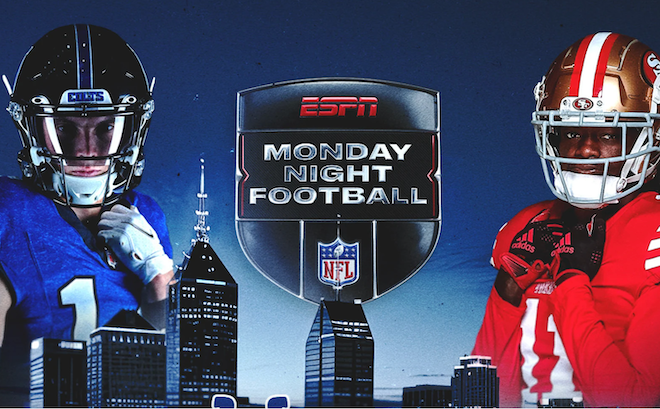Buy Lisa Brodsky a celebratory beer the next time you see her. Brodsky was recently promoted to senior group marketing manager for Country Home and Traditional Home, two Meredith Corp. magazines. In making the announcement, Meredith highlighted her use of market research to demonstrate the value of buying space to its advertisers.
Magazines have felt increased pressure to prove this since the dot-com flameout, she says. “More [advertisers] are looking for return on investment. Budgets are tight. Everyone wants proof that something is working.”
The simplest way of doing this would be to push for advertisers to place direct response space ads. But Affinity Research’s Vista Print Effectiveness Rating Service, which the two magazines use to gauge their advertisements’ impact, tends not to measure these.
“In order to be measured by Vista you have to be national and a certain size – half a page or so,” Brodsky says. “A lot of direct response ads are smaller.”
Vista combines an aided-memory survey (“Do you recall seeing this ad in Traditional Home?”) with a series of questions about actions taken as a result of the ad. These questions, which include whether the viewer purchased or considered purchasing the product or service as a result of viewing the ad, are the most valuable to Brodsky.
“Ultimately people advertise to increase their sales,” Brodsky says. “This shows that they are increasing their sales. It can be linked directly back to the advertisement.”
The survey also revealed that ad placement within the magazine did not play a significant role in whether readers took action. Yes, in general ads placed on the covers do pull better than those within each issue. “But in Country Home and Traditional Home, there isn’t much difference between [ads on] page 10 and page 80.”
Using Vista’s syndicated data, Brodsky is able to compare how well its readers react to its ads compared to magazines in similar categories. “You need that benchmark in relative terms to explain it to the advertisers,” she says.
Of course, the magazines don’t just trot out endless spreadsheets and clout space buyers about the head and shoulders with numbers. “Our presentation gives the most convincing numbers [based on the recall survey],” Brodsky says. “But we also offer psychographics, which gives the reader color, as opposed to the more scary and intimidating numbers.”



